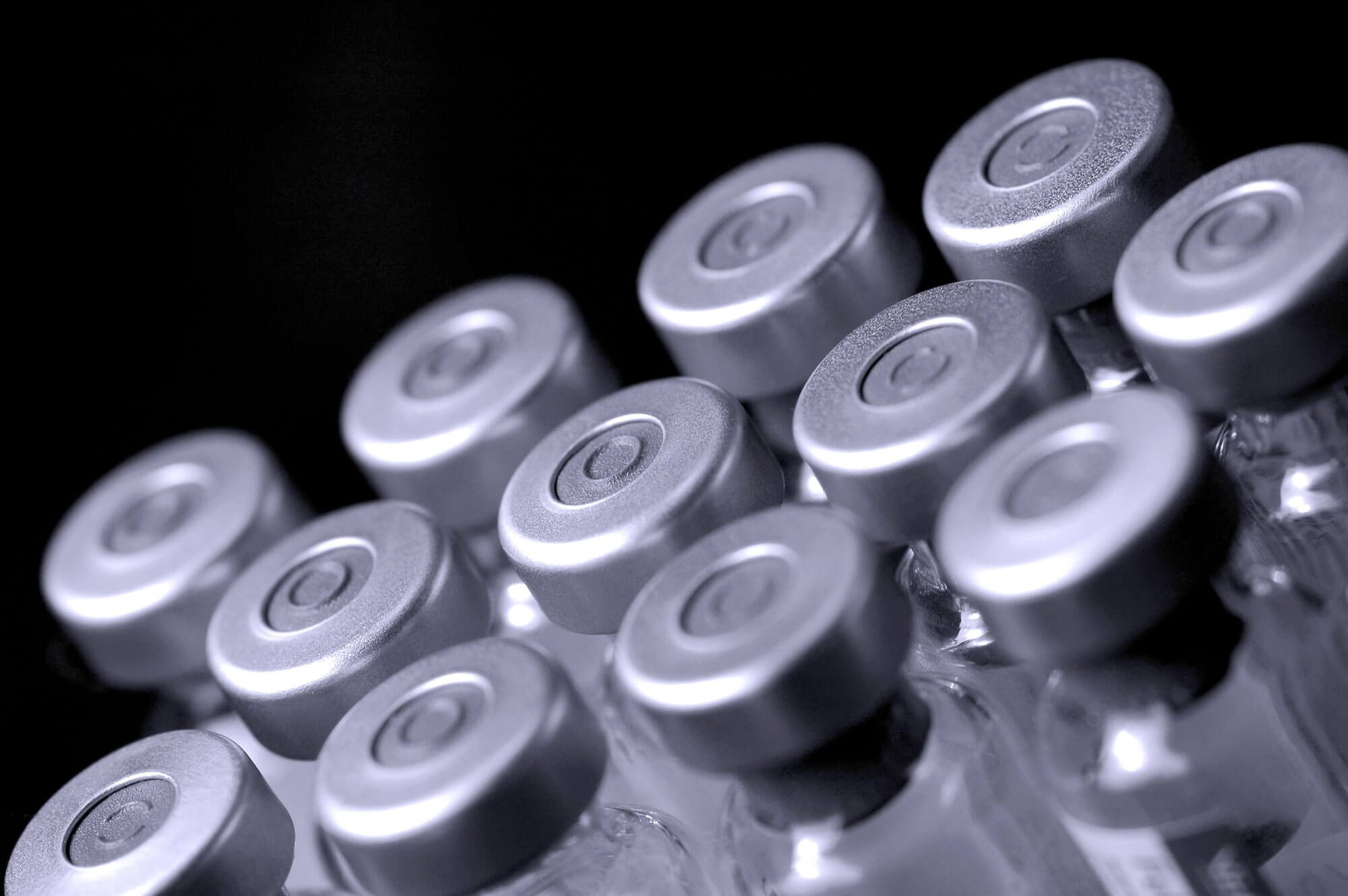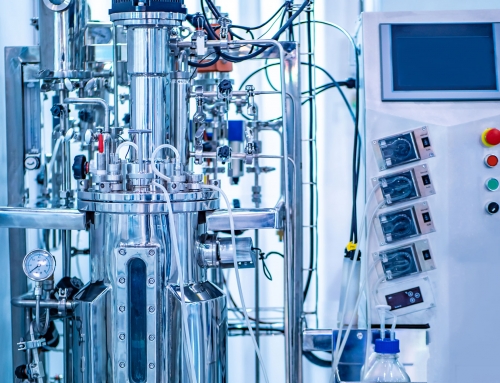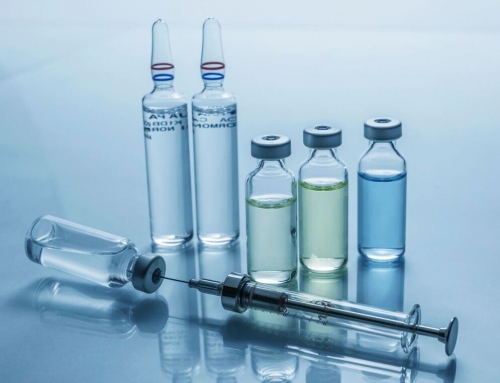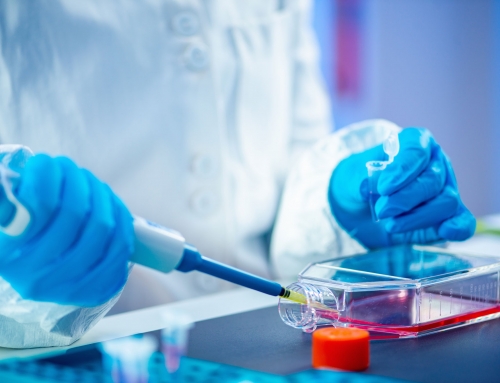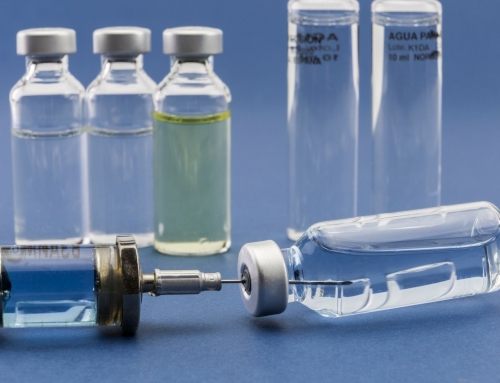Many people who work in the field of aseptic manufacturing may never have heard of aseptic non-touch technique (ANTT). That’s because it was actually pioneered in nursing, where many aseptic techniques “evolved more from anecdotal evidence and ritualistic practice than from empirical research,” according to an article published in the Nursing Times.
In an effort to update sterile techniques and reduce the number of patient infections, nurse practitioners developed and implemented the aseptic non-touch technique with the intent of teaching nurses the “key components involved in maintaining asepsis” and standardizing aseptic practice.
As such, ANTT is designed with nurses in mind, and it is meant to be applied to treating patients directly. However, the lessons that ANTT has to teach can also be applied to aseptic manufacturing. After all, the goal of both is ultimately the same—to prevent contamination.
What are the underlying principles of ANTT and how can they be applied to aseptic manufacturing?
 Aseptic non-touch technique is founded on four bedrock principles, which are supported by research and evidence. These four principles are: 1) always wash hands effectively, 2) never contaminate key parts, 3) touch non-key parts with confidence, and 4) take appropriate infective precautions.
Aseptic non-touch technique is founded on four bedrock principles, which are supported by research and evidence. These four principles are: 1) always wash hands effectively, 2) never contaminate key parts, 3) touch non-key parts with confidence, and 4) take appropriate infective precautions.
Obviously, all four of these are not going to transfer over perfectly to the world of aseptic manufacturing. Aseptic fill/finish is a very different sort of work than directly interacting with a patient, with different challenges and different orders of magnitude. ANTT was designed with one-on-one interactions in mind, while aseptic manufacturing involves large batches filled at scale.
Yet, the ideas underlying these four principles can still be applied to aseptic manufacturing. While washing your hands may not be relevant, since an individual is unlikely to directly interact with the drug product or the container, it is important to be sure that all the containers and all the machinery involved is cleaned and disinfected prior to use.
It’s also vital to ensure that key components of the process remain free from contamination throughout, and to proceed with confidence. Any interruption of the process introduces new possibilities for contamination, and should be planned for ahead of time and handled appropriately as it takes place.
Finally, while aseptic manufacturing doesn’t run the risk of infection that dealing with a patient does, at least not directly, it is still important to take precautions to avoid any possible contamination—which, in this case, means maintaining sterility from start to finish.
What can aseptic manufacturers learn from the implementation of ANTT?
 One key element of successfully implementing ANTT into a clinical setting is that it has to be standardized. It does no good for one nurse to practice aseptic non-touch technique if their patients are susceptible to infections from other nurses who are not.
One key element of successfully implementing ANTT into a clinical setting is that it has to be standardized. It does no good for one nurse to practice aseptic non-touch technique if their patients are susceptible to infections from other nurses who are not.
The challenges of standardization are the same for aseptic manufacturing. Fortunately, contract manufacturers are supplied with current good manufacturing practice (cGMP) and good laboratory practice (cGLP) guidelines to help ensure that everyone is implementing aseptic filling techniques in a similar way across the industry.
But it is equally important that implementation be standardized within the manufacturing facility. It does no good to insist on the highest level of aseptic controls during one shift if another shift is more lax. The same goes for not maintaining consistent standards throughout the supply chain.
If one stage of the manufacturing process holds to the best aseptic filling standards, but another stage in the process allows contamination, the end product runs the risk of contamination as surely as if no one had been following proper aseptic guidelines.
Clinics implementing ANTT have found that the best way to ensure compliance is to monitor it every day and conduct regular audits. The same is true for aseptic manufacturing. Audits are a key part of the process, every bit as important as day-to-day operations.
The goals of aseptic manufacturing and ANTT are the same—only the specifics are different.
Ultimately, the goal of any aseptic process is to prevent contamination. The reasons for this include patient safety and ensuring the efficacy and stability of the product or intervention. It is important that the patient not become infected, but it’s also important that the medication work as it’s intended.
Aseptic manufacturing is a way of guaranteeing this—as much as it can be guaranteed—in the supply chain for a parenteral product, while ANTT is a way of ensuring it when nurses interact directly with patients. However, since the goals are the same, many of the same principles apply, and the lessons of one can readily be applied to the other.

